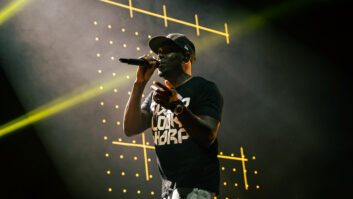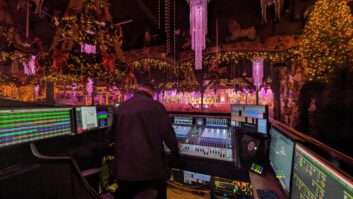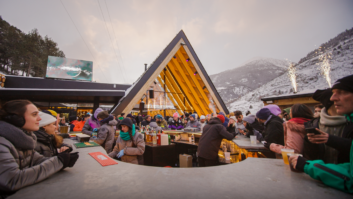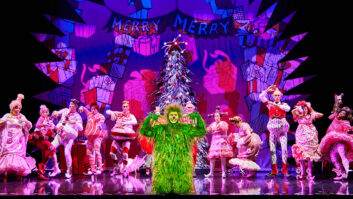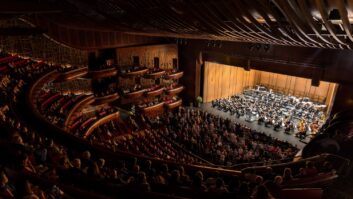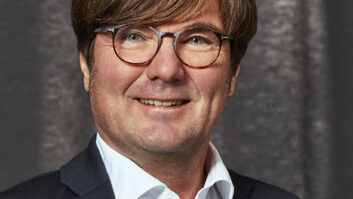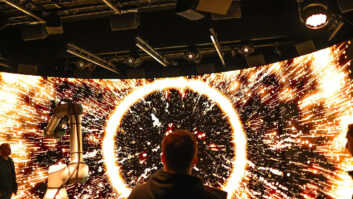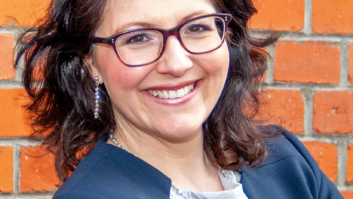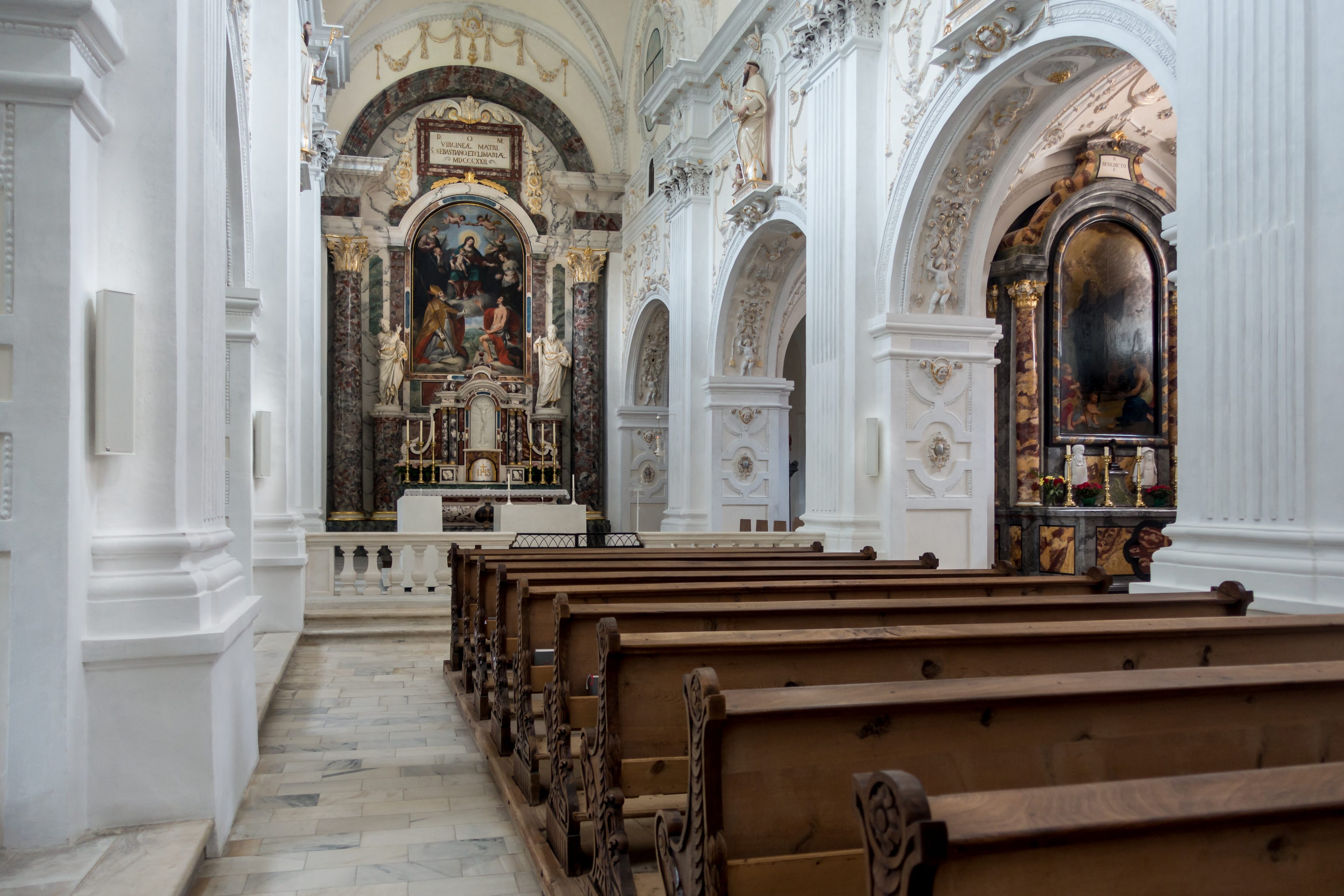
A full-scale renovation project provided the ideal opportunity for an aesthetically sensitive audio update in this 12th-century church
Nestling at the confluence of Italy’s northern border with Switzerland and Austria, the Monastery of Marienberg strikes a dominant posture among the mountainous slopes.
Founded in the 12th century by local nobleman Ulrich von Tarasp, the church within was later converted to the Baroque style in the mid-1600s, and today stands as one of the finest examples of its type. When it came to a major renovation project, it was the abbey’s unique interior design that Werner Tscholl Architects held central to their remit.
Media specialist flocom was responsible for the AV system integration in the church. “We were anxious to ensure nothing in the way of new technology would detract from the church’s inherent beauty,” explains Florian Stecher, managing partner of flocom. “Marienberg Abbey has been a client of ours for years. Over time we’ve carried out a number of multimedia installations for their museum exhibitions. It was in their plans to refurbish the sound reinforcement system during the complete renovation of the church, and we were fortunate that a product from d&b audiotechnik exactly suited this project.
“The appointment to provide a solution to improve the sound reinforcement situation – principally by increasing speech intelligibility – came directly from Abbot Markus Spanier and Prior Philipp Kuschmann. Unlike so many medieval churches, reverberation wasn’t the issue. The dimensions of the church are relatively small; the main nave is 16m long, with a width of 6m; chapels to the sides house three other altars, while the Sanctuary is quite roomy at 15m deep by 7.5m wide. Reverberation time that we measured before developing the audio design is a good 1.5s. The requirement of the architect was to give particular consideration to aesthetic aspects when planning the sound reinforcement system.”
Simulation modelling
However, the system design didn’t go as smoothly as might have been expected. Stecher explains: “We started our simulation model with a pair of d&b 24C loudspeakers, integrated with 24C-E extensions to reach the full length of the main nave. The 24C is a tall, thin column-style enclosure, and the fact the beam of its low/mid drivers tilts 5° downward would enable us to mount the cabinets parallel to the pillars; while the horizontal cardioid dispersion pattern of these loudspeakers provides a level of broadband attenuation to the sides and rear that address any concerns of reverberance.
“EASE showed good values, so we made a demo with the loudspeakers physically in place. It worked really well, better than planned in fact, and well above expectations. However, architect Werner Tscholl deemed the 24C/24C-E combination not to be in line with the overall aesthetic design, so we started again from scratch, modelling with just four of the smaller d&b 16C for the main nave. Physically much shorter, and with fewer drivers, the 16C has a wider vertical dispersion than the 24C, 40° instead of 20°, and has a max SPL 4dB less than the 24C. It turned out that the 16C served both masters, visual and electroacoustic. We only added four of d&b’s 4S loudspeakers to fill the side naves and altars where the 16Cs can’t reach.”
Because the audio installation was part of a much wider renovation project, flocom’s installation phase was unhindered. “Ducts and cables, speakers and microphones, DSP and amplifiers have been put exactly where we wanted them to without compromise,” reports Stecher. “Abbot Spanier and Werner Tscholl were satisfied by that. We received their compliments and they stated their satisfaction from the very first time the audio system has been put to use.”
